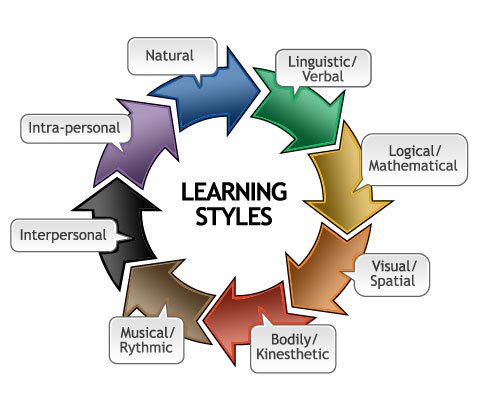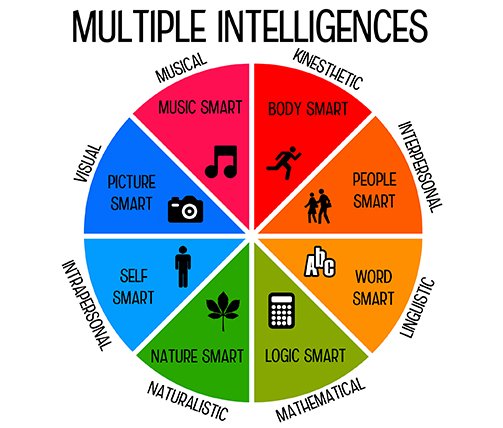
DMIT-Dermatoglyphics Multiple Intelligence Test
Dermatoglyphics is a study of configurations of epidermal ridges on certain body parts, namely, palms, fingers, soles, and toes. The term is derived from ancient Greek: derma = skin, glyph = carving. Dermatoglyphic patterns begin to develop in the 10th week of gestation and are complete by the 24th week. Fingerprints of both hands are not the same and persist lifelong unless dermis is damaged. They are mainly under genetic control and can be used in the diagnosis of congenital malformations. Their uniqueness has led to the analyses of one’s potential and preferences. During development, various creases develop on the brain and are reflected on fingerprints representing various regions of the brain and are commonly being used in dermatoglyphics multiple intelligence test.
These patterns are unique and illustrate the correlation of one’s finger patterns to left and right brain. In the other words, Dermatoglyphics can reveal our intrinsic qualities and talents. The study has absolute scientific basis, with 200 years of research.
DMIT technique has been developed by scientists and research experts from world renowned universities and it is based on knowledge from Genetics, Embryology, Dermatoglyphics, Psychology and Neuroscience.
Spatial Intelligence
Spatial intelligence features the potential to recognize and manipulate the patterns of wide space (those used, for instance, by navigators and pilots) as well as the patterns of more confined areas, such as those of importance to sculptors, surgeons, chess players, graphic artists, or architects.
Bodily-Kinesthetic Intelligence
Bodily kinesthetic intelligence is the potential of using one’s whole body or parts of the body (like the hand or the mouth) to solve problems or to fashion products.
Musical Intelligence
Musical intelligence refers to the skill in the performance, composition, and appreciation of musical patterns.

Interpersonal Intelligence
Interpersonal intelligence is the capacity to understand the intentions, motivations, and desires of other people and consequently to work effectively with others.
Intrapersonal Intelligence
Intrapersonal intelligence is the capacity to understand oneself, to have an effective working model of oneself-including own’s desires, fears, and capacities—and to use such information effectively in regulating one’s own life.
Naturalist intelligence
Naturalistic intelligence involves expertise in the recognition and classification of the numerous species—the flora and fauna—of his or her environment.




